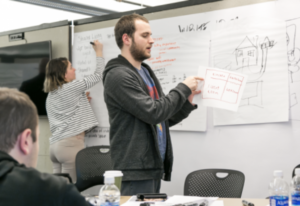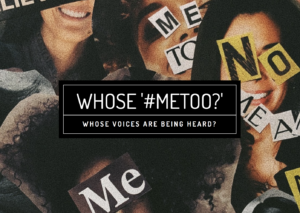Designing Authentic Learning Experiences
What Is Authenticity?
According to Grabinger and Dunlap (1995), for a learning experience to be authentic, it must have “as much fidelity as possible to what students will encounter outside of school in terms of tools, complexity, cognitive functioning, and interactions with people. Therefore, creating an authentic learning context requires more than just presenting students with realistic problems or situations – it also means that students must address the problems or situations realistically as well.”
What’s Your Problem?
Designing authentic learning experiences for students means you must first identify the problems you and other practitioners in your field are trying to solve as well as how you and your peers are trying to solve the problems.
- What are some of the problems your discipline is trying to solve?
- What are some of the tools, methodologies, and/or frameworks practitioners in your discipline use to try to solve these problems?
What Are the Design Principles of an Authentic Learning Experience?
The following principles help to form a more authentic experience for learners. They are:
- Real-world relevance
- Ill-defined problems
- Sustained investigations
- Multiple sources and perspectives
- Collaboration
- Reflection (metacognition)
- Interdisciplinary perspectives
- Integrated assessments
- Polished products
- Multiple interpretations and outcomes
Authentic Learning Experiences in the Wild
 |
 |
| Autism Planning and Design Guidelines 1.0 at The Ohio State University | Digital Design Project at Davidson College |
Towards More Authentic Assessments in Large Classes
Group projects can offer several affordances, including transforming a large class into smaller communities, supporting peer-to-peer instruction, and reducing the volume of teacher-produced feedback.
Resources:
Education Gallery from Adobe Spark
If a multiple choice exam is a sensible fit for your discipline, consider asking students to create and critique assessment questions.
Resource:
